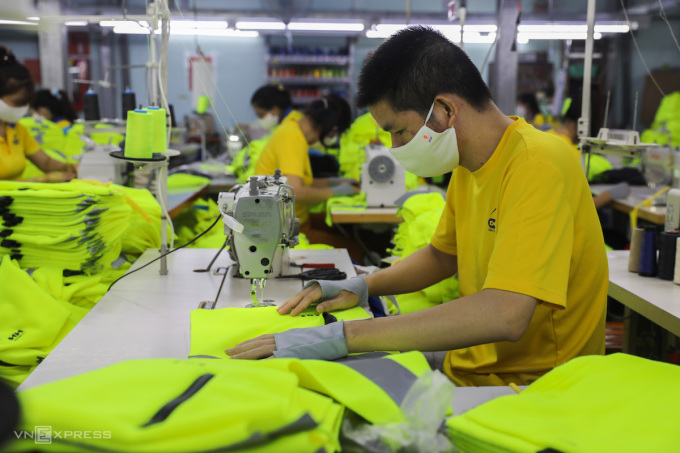Tổng số bài đăng 465.
Exports to CPTPP and EVFTA member countries help Vietnam increase tens of billions of USD per year.
Vietnam has signed and implemented many new generation free trade agreements (FTAs), such as CPTPP, EVFTA and UKVFTA. Recently, free trade agreement with Israel - The first country in West Asia, also signed, offers the opportunity to reduce up to 92% of tariff lines for Vietnamese goods to this country.
In a report just sent to the Government, the Ministry of Industry and Trade said that free trade agreements bring positive impacts on Vietnam's export, import and investment attraction. In 2022, trade turnover with countries in the CPTPP increased by more than 14% compared to 2021, reaching 104.5 billion USD. In particular, Vietnam's exports to CPTPP member countries recorded a positive increase, such as Canada more than 20%, Brunei 163%.
With EVFTA, last year, trade between Vietnam and European Union (EU) countries reached more than 62.2 billion USD, up over 9% compared to 2021. EU countries imported nearly $47 billion worth of Vietnamese goods last year, up nearly 17 percent from a year earlier.
Particularly for the UK, in 2022, Vietnam has a trade surplus of more than 5.3 billion USD to this country after more than a year of the UKVFTA agreement coming into effect.

Workers working at Dony Garment Company factory (Tan Binh district, HCMC), October 10. Photo: Quynh Tran
New-generation FTAs bring Vietnam tens of billions of dollars a year from exports, but the implementation of these agreements still exists, according to the Ministry of Industry and Trade. Currently, the rate of taking advantage of incentives of Vietnamese enterprises from FTAs is still low, such as CPTPP nearly 5%. EVFTA is nearly 26% and UKVFTA is about 24%.
The FDI sector still accounts for the majority when exporting items with large turnover, while domestic enterprises mainly process or export raw materials and semi-finished products.
Many new enterprises can participate in some stages of the supply chain, the ability to meet quality, food safety, export techniques is limited, especially in the context of many countries increasing technical barriers and non-tariff barriers. Therefore, the number of Vietnamese enterprises building export brands to FTA markets is limited. In addition, the connection between businesses is still loose, the phenomenon of unfair competition such as product devaluation occurs widely.
In order to solve the existence and take advantage of FTAs, the Ministry of Industry and Trade proposed to consider setting aside its own capital to support enterprises to take advantage of FTAs. Accordingly, the State Bank and ministries and sectors shall work with commercial banks to have appropriate credit sources and preferential interest rates to support enterprises wishing to improve production capacity. At the same time, enterprises themselves also need to increase access to green credit capital, in order to promptly meet increasingly high standards from export markets.
The Ministry of Industry and Trade and localities piloted the construction of an ecosystem, first 1-2 sectors and industries in each province, to take advantage of opportunities from FTAs. The agency also requested the Government to adopt an overall policy, creating conditions for enterprises to access and use "intra-bloc" raw materials, meeting the criteria of origin as prescribed in each trade agreement.









